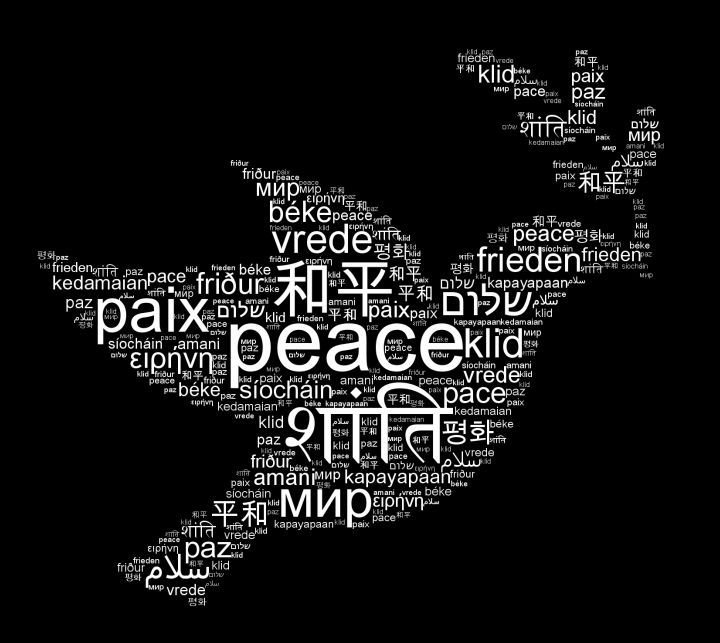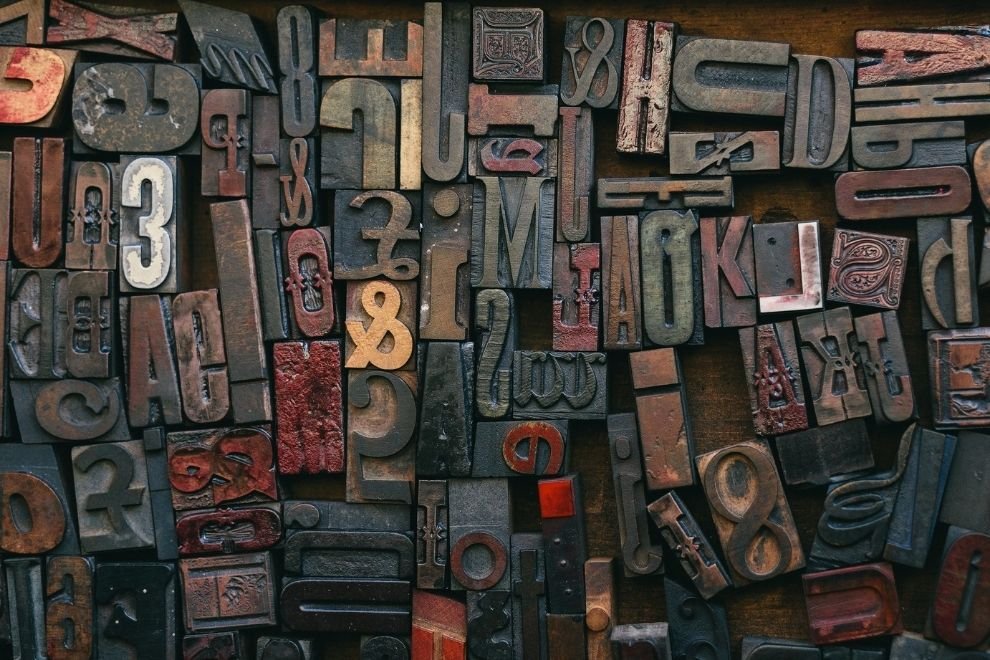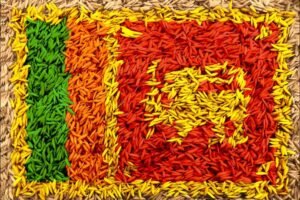The concept of celebrating International Mother Language Day was an initiative up by Bangladesh. It was supported and accepted at the 1999 UNESCO General Conference and has been celebrated throughout the world since 2000. Linguistic Diversity is increasingly menaced as more and more languages disappear. Globally 40 percent of the population does not have access to an education in a language they speak or understand. Nevertheless, progress is being made in mother tongue-based multilingual education with a growing understanding of its significance, particularly in early schooling, and more dedication and devotion to its blossoming in public life.
Multilingual and multicultural societies exist through their languages which transmit and preserve traditional knowledge and cultures in an endurable way.

Different Year Different Theme
Every year, UNESCO selects a diverse theme and holds different various events at its headquarters in Paris, France. In 2005, there was a focus on Braille and sign languages, and in 2017, a focus on how multilingual education could help the world to have a better future.
Other countries have also set up special projects to mark this day.
Like in 2014, the Indian government released digital learning materials for schools and colleges in the 22 most widely spoken Indian languages. It is estimated that there are around 750 languages or dialects in India, and, sadly, that around 250 more languages have been lost in the last 50 years.
“If you talk to a man in a language he understands, that goes to his head. If you talk to him in his language, that goes to his heart.”—Nelson Mandela
At least 43 percent of all languages are endangered, and fewer than 100 of the world’s languages are used in the digital world. Most internet communication is in one of the following languages: English, Chinese Mandarin, Spanish, Arabic, Portuguese, Indonesian, Malayan, Japanese, Russian and German. But everyone has the right to use their mother language and to keep the memories, traditions, and ways of thinking that their language represents. This concept elucidates the importance of International Mothers Day.

Languages and their Individualism
Bengali or Bangla is an Indo-Aryan language of the eastern Indian subcontinent, evolved from the Magadhi Prakit, Pali, and Sanskrit languages. While the Bengali script is relatively unknown in the West but it’s the fifth most widely used writing system in the world. Today the Bengali-speaking Indians are residing in Bangladesh and West Bengal and the language is recognized as the World’s sweetest language.
Malayalam has official language status in Kerala, Lakshadweep, and Puducherry and is spoken by 34 million people worldwide. It is a Dravidian language spoken by the Malayali people and is entitled as one of the world’s toughest languages.
Today, along with Spanish being the popular language amongst the generation, Mandarin is getting immense recognition all over the world. In terms of native speakers alone, Mandarin is by far the second most spoken language in the world. It’s an official language of mainland China, Taiwan, and Singapore and one of the six official languages of the United Nations. So it’s not surprising that there are approximately 1.09 million native speakers worldwide. Mandarin is a tonal language, which means that the meaning of a word changes based on the way we pronounce it.
With coming generations, many languages are started getting accepted and welcomed by various people all over the world. The World is connecting with the wide range of acceptance of various languages.

2022 Celebrations in UNESCO
“Technology can provide new tools for protecting linguistic diversity. Such tools, for example, facilitating their spread and analysis, allow us to record and preserve languages that sometimes exist only in oral form. Put simply, they make local dialects a shared heritage. However, because the Internet poses a risk of linguistic uniformization, we must also be aware that technological progress will serve plurilingualism only as long as we make the effort to ensure that it does,” Audrey Azoulay, Director-General of UNESCO said in her message for the occasion of International Mother Language Day.
The theme of the 2022 International Mother Language Day, “Using technology for multilingual learning: Challenges and opportunities”, will discuss the potential role of technology to advance multilingual education and support the development of quality teaching and learning for all. UNESCO organizes a webinar on 21 February from 11:00 am to 1:00 pm, Paris time) to celebrate Mother Language Day 2022.
Multilingual and multicultural societies exist through their languages which transmit and sustainably preserve traditional knowledge and cultures.
Read More: PRESIDENTS’ DAY 2022: Honoring And Celebrating U.S. Leaders








